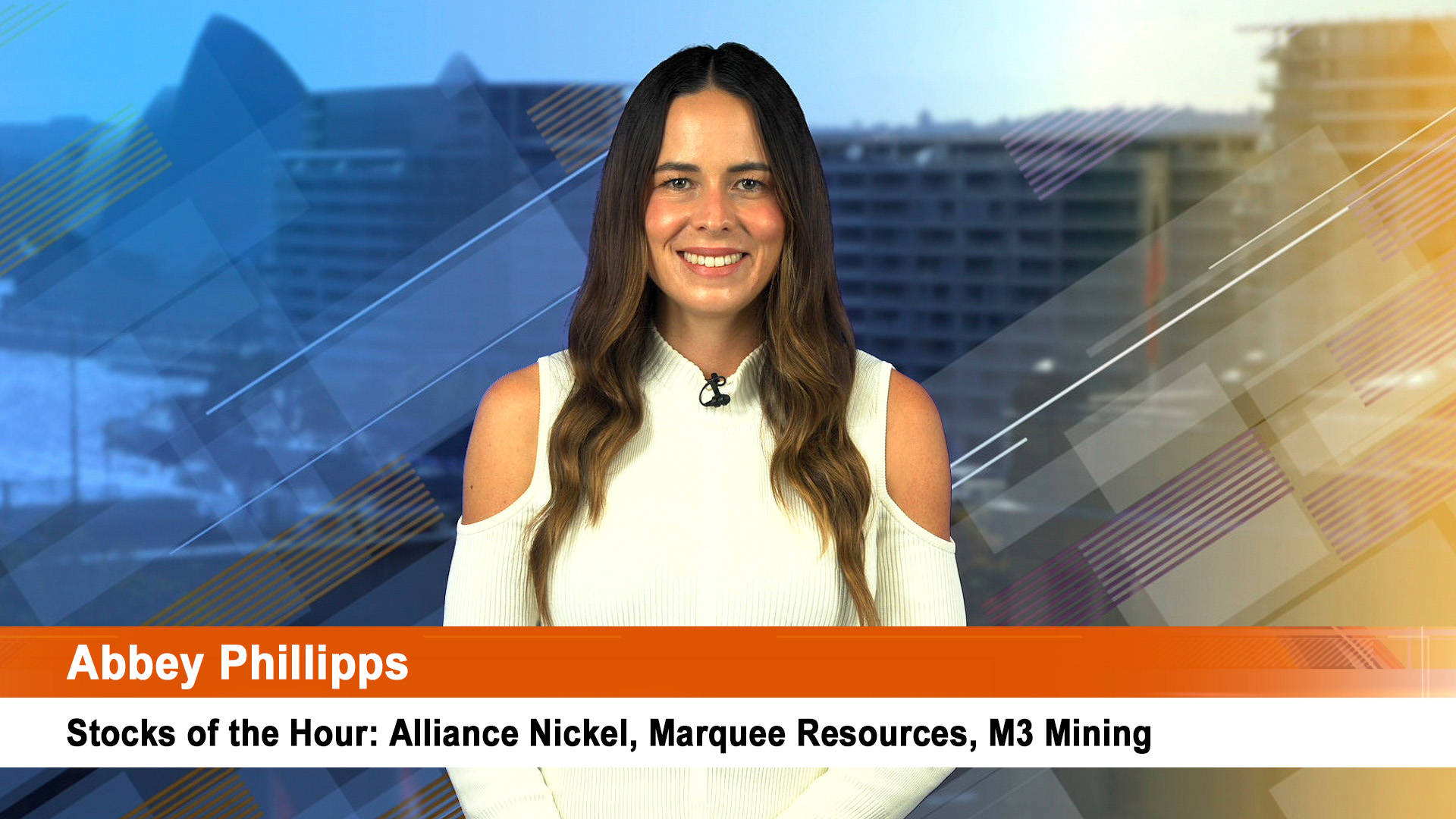Just what regulators like the Reserve Bank and APRA wanted to see, a sharp fall in mortgage lending to investors in September.
The regulators have been waiting for the investor-lending dam to burst, helped by some judicious changes to capital weightings for investor loans and a crack down on the banks in this area – especially in the use of interest-only loans.
So as a result, mortgage lending to investors suffered the biggest drop in 8 years in September.
According to the Bureau of Statistics yesterday, finance extended to investors fell to a seasonally adjusted 8.5%, from $12.3 billion from $13.5 billion in August.
It was the biggest monthly pace of decline since August 2008, when lending dropped 9% as the GFC intensified. On a trend basis, lending to investors dipped 1.9% in September.
It was the third monthly fall in a row and was from an upwardly revised 0.1% fall in August, from the originally reported fall of 0.4%.
There were also revisions to month-on-month owner-occupied home loan growth. In September the growth was 2% (market forecasts were for no growth), while the rise in August was revised lower to a 1.5% gain from an originally reported rise of 2.9%.
The Bureau of Statistics figures also showed the value of owner-occupied home loans grew by a seasonally-adjusted month-on-month rate of 3% in September.
August’s growth rate was revised down to a rise of 3%, from the originally reported 6.1%. Much of the fall in owner-occupied lending and investor lending in recent months has been due to the banks reclassifying loans from one category to the other.
Meanwhile the October survey from the National Australia Bank on business confidence and conditions has shown a fall in the former and no change in the latter for the second month in a row.
In fact the business conditions survey is the more important of the two (confidence is much easier for the media to write about).
The NAB survey showed that business conditions were steady at 9 index points. This is the same as September’s reading, and 1 point down from August.
Service sectors continued to report more favourable conditions than other industries, said NAB, while mining, manufacturing and wholesale activities were all negative.
That’s not surprising given the way export and local demand for services has grown strongly – a point the Reserve Bank has been making now for three months or more.
Forward orders dropped into negative territory, stocks remained neutral at zero and employment was unchanged at 3 index points.
“Capacity utilisation increased further this month, which bodes well for business investment and the labour market,” the NAB economists wrote yesterday.
The NAB said the survey still points to a reasonably resilient recovery in the non-mining sector, despite stubbornly sluggish business confidence in the past six months.
And the economists noted a split between those businesses benefiting from low interest rates and the weaker Australian dollar and those that derived no advantage from current conditions.
"Better business conditions are not being felt uniformly across the economy," said NAB, "as industries that are better positioned to benefit from lower interest rates – especially those closely tied to residential real estate – and the Australian dollar remain the clear out-performers – personal and business services are the main standouts."
The bank said despite risks to the economy from external factors and assuming non-mining sectors continue to improve, it saw no need for the Reserve Bank of Australia to cut the cash rate again from the current level of 2%. That was a point the bank made in a special release late last week.
The NAB said business confidence eased to 2 index points in October, just above the 1 point registered in August.
"The confidence index eased back in the month, unwinding much of the gain following the government’s leadership resolution and a paring-back of concerns about emerging markets," they said.













